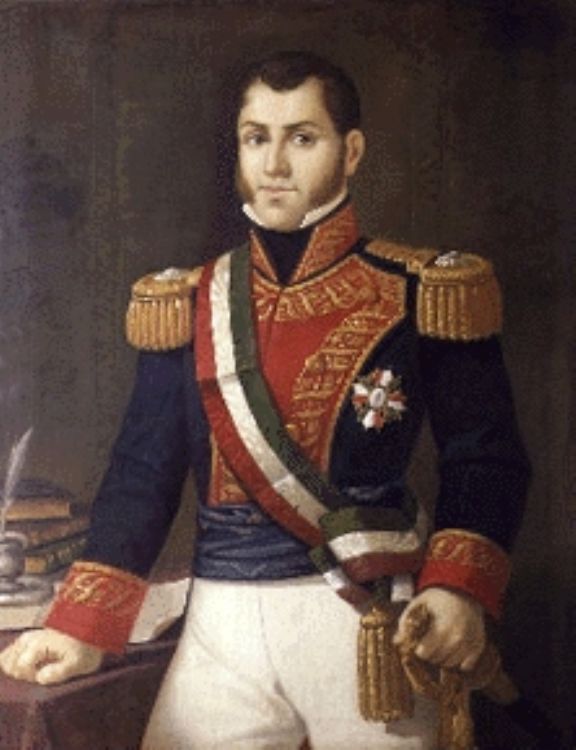
Mexico's Presidents in the 19th Century
After Mexicoâs Independence, the country was in a const...
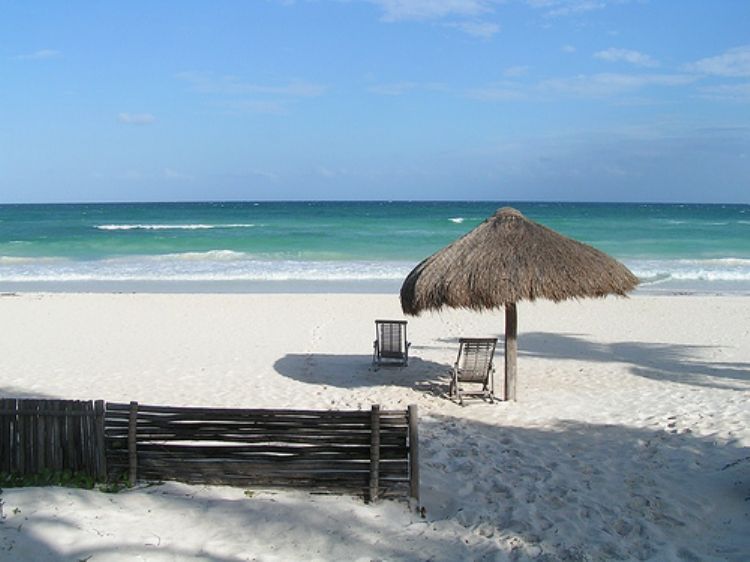
Tulum is a city located at Riviera Maya, specifically over the Yucatan Peninsula. Today it belongs to the county of Solidaridad in the state of Quintana Roo. It was named after the Mayan City with that same name, a city that today is an archeological site. Tulum means "âfortress"â or "âwall"â in Mayan language, based upon the wall built around the city to protect it.
The origins of the state of Quintana Roo, come from the period of Mayan culture, when the "âitzaes"â people used to live in these tropical lands, being forced to develop a strong and dominant culture, needed to adapt them to that difficult and unfriendly land. That's why, today, we can see along this zone, great archeological ruins, such as "âTulum fortress"â, Coba City and Kohunlich, among others; which are proof of the great developments reached by its first settlers.
Talking specifically about Tulum, there's evidence that shows that this city could have been built in a period called "âEarly classic"â (400 to 500 b. C.) It's also known that they reached their golden ages between the 12th and 14th century, becoming the largest Mayan city ever built on shore, and because of its strategic location, it was the point of connection between the Mayan, and sea commerce; it was also a "âmust stop"â point for commercial trading routes and a major exploration point because of the great sea resources within the area. It's also believed that in Mayan times, the original name of this city was "âZama"â which means "âdawn"â, name given after the awesome sunrises over this port. Also, because of its location and buildings founded in the area it is believed that it was a very important observatory for this culture. Main activities of the people that lived there were related to commerce, fishing and everything about their huge sea resources. It is believed that Tulum was so great and important for Mayan people, that its political and economic administration were handled independently from any other province.
The first European people that discovered this city, in the early 16th Century, were explorers under the command of Juan Grijalva, who departed Cuba on April, 1518, and after arriving at Cozumel, they continued their journey towards south of the Yucatan peninsula, where they saw 3 major settlements, one of them was ancient "âZama"â. To Juan Grijalva the most important of these cities was Tulum (or Zama), and in his report, he wrote: "âIt's as big as Sevilla and with a very large tower"â
After the arrival of the Spanish conquistadors, in mid XVI century, due to the jobs forced upon them, the city was abandoned leaving only impressive walls as the remains of a great city of the past.
Among the main archeological remains are the Castle (sanctuary and place of worship to Venus), the wall (which protect three sides of the area that contains various constructions of religious and residential character), the Mayan Murals (picturesque expressions), the temple of the Frescos (the smallest temple in the area), the temple of the Descendent God (another Venus temple), and others.
You could say that today the city of Tulum and its less than 15,000 inhabitants are tourism oriented, because of the numerous and spectacular archeological remains and its precious beaches, making it seem like a trip to the past to know more about the Mayan culture.
Due to the accelerated demographic growth of these last years, originated by the migration of this city by Mexicans from other regions seeking job opportunities and a better quality of life, in 2006 the State and Solidaridad County gave it the category of city, according to the county laws of Quintana Roo.

After Mexicoâs Independence, the country was in a const...
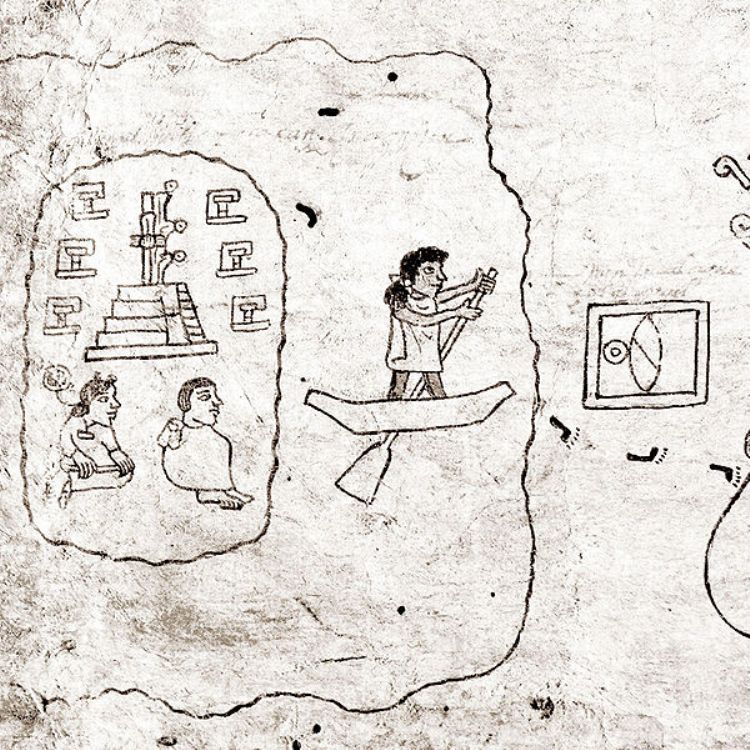
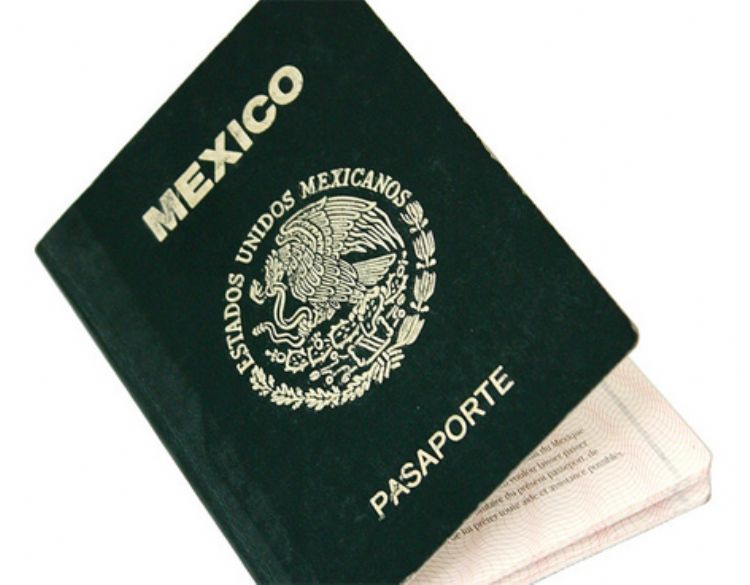
Many of us will someday need it to travel, and the first ...
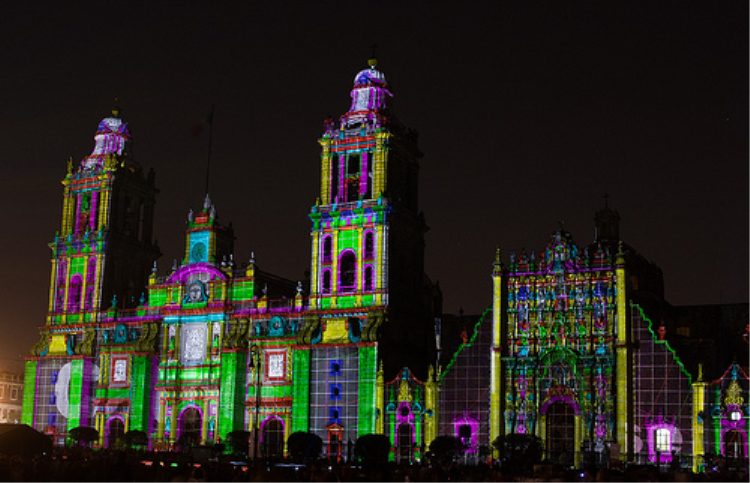
During 2010 we celebrated in México 200 years of I...
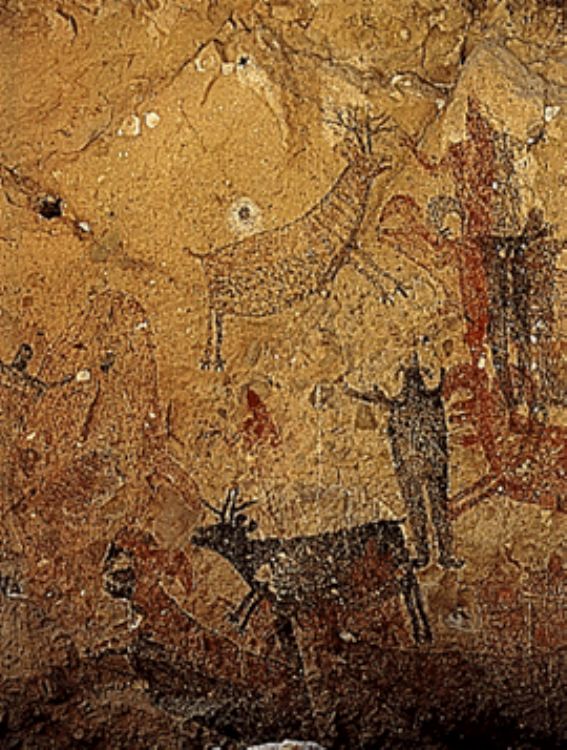
It is a combination of natural formations and those contr...
.jpg)
In order to begin this fun tour, we recommend you lodge f...